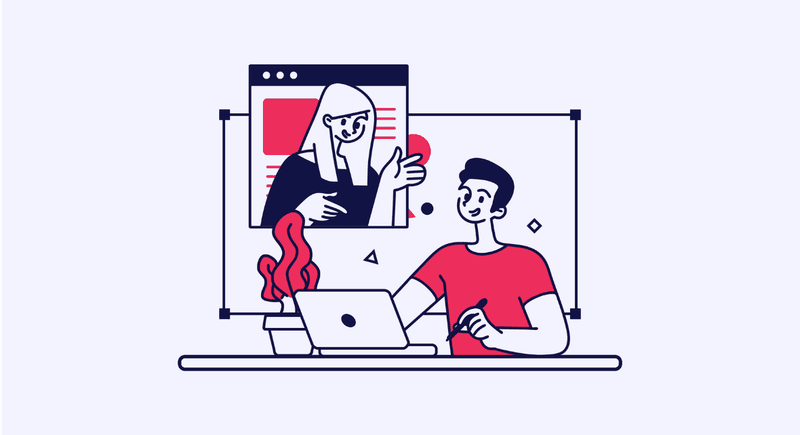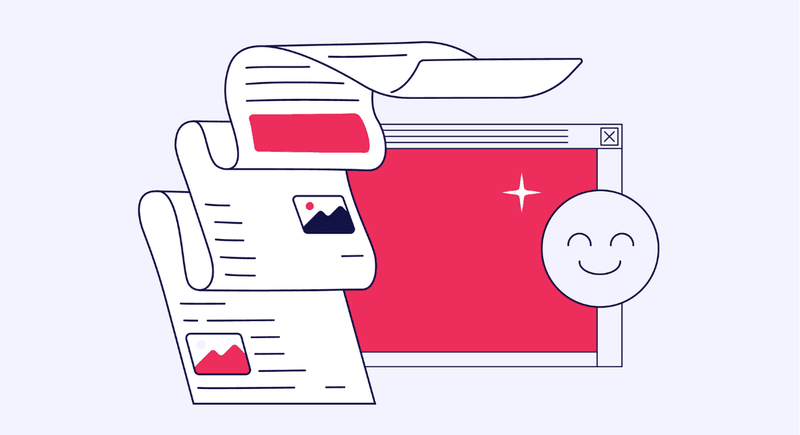User-centered design (UCD) is a fundamental approach that places the needs and preferences of users at the forefront of the design process. It involves understanding users, their goals, and their behaviors to create products and experiences that are intuitive, efficient, and enjoyable. In this article, we will explore the importance of user-centered design and how it can positively impact the success of your projects. By prioritizing user needs, you can create solutions that not only meet user expectations but also drive business growth and customer satisfaction.
I. Understanding User-Centered Design:
User Research: In-depth research allows designers to gain valuable insights into the characteristics, behaviors, and motivations of the target audience. By understanding user needs and preferences, designers can create solutions that truly address their pain points.
User Personas: Developing user personas helps designers create a clear picture of their target users. These fictional representations embody the characteristics, goals, and behaviors of specific user groups, allowing designers to better understand their needs and design with empathy.

Empathy and Empathic Design: Empathy is at the core of user-centered design. Designers must cultivate empathy for the users they are designing for, seeking to understand their experiences, frustrations, and desires. Empathic design involves putting oneself in the user’s shoes and designing with their needs and emotions in mind.
II. Benefits of User-Centered Design:
Enhanced User Satisfaction: By prioritizing user needs and preferences, user-centered design leads to products and experiences that align with user expectations. This, in turn, enhances user satisfaction, loyalty, and advocacy.
Improved Usability: User-centered design places a strong emphasis on usability. By designing intuitive and user-friendly interfaces, users can easily navigate, understand, and interact with products or services, resulting in improved usability.
Increased Efficiency: By streamlining processes and eliminating unnecessary steps or complexities, user-centered design improves efficiency and productivity. Users can accomplish their tasks more effectively and efficiently, saving time and effort.

Reduced Costs and Risks: Addressing usability issues early in the design process through user testing and feedback helps identify potential problems and risks. By mitigating these risks and making necessary adjustments, businesses can avoid costly redesigns or rework.
III. Implementing User-Centered Design:
Iterative Design Process: User-centered design embraces an iterative approach, continuously gathering user feedback, refining designs, and making improvements based on user insights. This cyclical process allows for continuous learning and optimization.
Usability Testing: Usability testing involves observing users as they interact with a product or prototype. By collecting feedback and observing user behavior, designers can identify areas for improvement and validate design decisions.
Collaboration and Co-creation: User-centered design encourages collaboration with users throughout the design process. Involving users in co-creation sessions, workshops, and user feedback sessions ensures their voices are heard and their needs are incorporated into the final design.
By adopting a user-centered design approach, businesses can create products and experiences that truly resonate with their target users, leading to enhanced satisfaction, improved usability, and ultimately, a competitive advantage in the market.
In conclusion, user-centered design is a powerful approach that brings the focus back to the people who will use your products or services. By prioritizing user needs, understanding their behaviors, and involving them in the design process, you can create solutions that resonate with your audience and deliver exceptional user experiences. Implementing user-centered design principles not only leads to increased user satisfaction and loyalty but also drives business growth by aligning your offerings with user expectations. Embrace user-centered design as a strategic advantage and unlock the full potential of your products and services.

Key Takeaways:
- User-centered design places users at the core of the design process, prioritizing their needs, preferences, and goals.
- Conduct user research to gain insights into user behaviors, motivations, and pain points.
- Develop user personas to better understand your target audience and create personalized experiences.
- User-centered design improves user satisfaction, usability, efficiency, and reduces costs and risks.
- Embrace an iterative design process, conduct usability testing, and involve users in co-creation to create successful user-centered designs.
Ready to implement user-centered design principles into your projects? We can help you create user-centric solutions that drive customer satisfaction and business growth. Contact us today to discuss your design needs and embark on a user-centered design journey.
Leave a Reply